There can be your advertisement
300x150
New Approach: How to Grow a Large Garden and Save Money
Organic gardening is the new trend of 2020. An expert explains what permaculture is and how to grow more healthy products while spending less money.
Self-isolation has brought its changes — city dwellers are increasingly heading to dachas and thinking about their own garden. We asked a permaculture specialist to explain whether it's possible to grow products on just six acres without harming the budget or environment.
The photographs in our article do not illustrate permaculture techniques. You can view illustrative images here.
Tatyana Chistyakova is an expert. A specialist and student of the founder of permaculture, Sepp Holzer.
What is permaculture? This is a new direction in land management, based on cooperation with nature. It allows growing products without biologics and chemicals, as well as plantations free of weeds, and also helps maintain the water balance on Earth. One bed can yield vegetables for months ahead, while the remaining area of the plot can be used for a small pond.
The founder of this approach is Sepp Holzer, an Austrian farmer. Disappointed by traditional agricultural methods, he developed his own technique and created a farm with more than 50 hectares of gardens and 70 ponds. He now travels the world giving masterclasses.
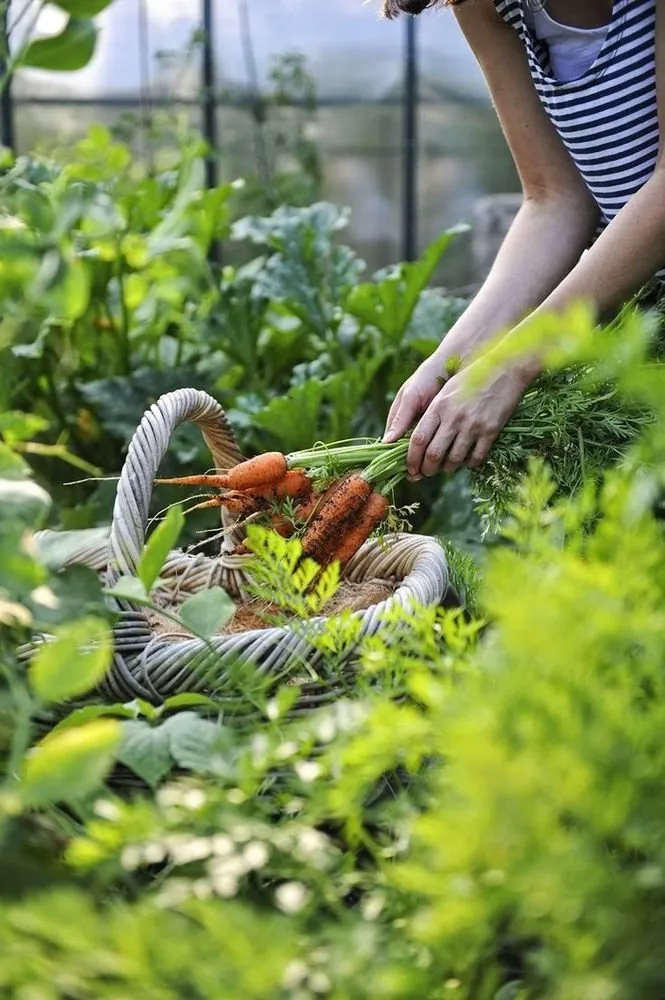 Permaculture principles are applied on large farms, but you can easily implement them even on a dacha plot. This is especially relevant in our reality — this year, the Russian law on organic farming came into effect. In other words, gardening is the main trend of 2020.
Permaculture principles are applied on large farms, but you can easily implement them even on a dacha plot. This is especially relevant in our reality — this year, the Russian law on organic farming came into effect. In other words, gardening is the main trend of 2020.
 How to Grow a Large Garden on 6 Acres?
How to Grow a Large Garden on 6 Acres?
Forget all known norms of garden management — remove chemicals and biologics far away, and forget where the beds were previously located. Permaculture works differently — now your garden will look different.
Restore the Water Balance on Your TerritoryGardeners often solve problems with flooding, then suffer from drought and start drilling wells — it's not advisable to do this. Use natural resources for irrigation.
On small plots, provide a small pond where rainwater will collect and moisturize the soil. This is a natural reservoir created using techniques in the lowlands of your plot. To ensure water flows into the pond, create a proper slope on the site. You can also collect rainwater from roofs in barrels.
Early spring, the soil in the garden is already saturated with moisture, and mulching and proper bed placement will ensure plant nourishment. Think of this as a small but important contribution to maintaining the ecosystem of our planet.
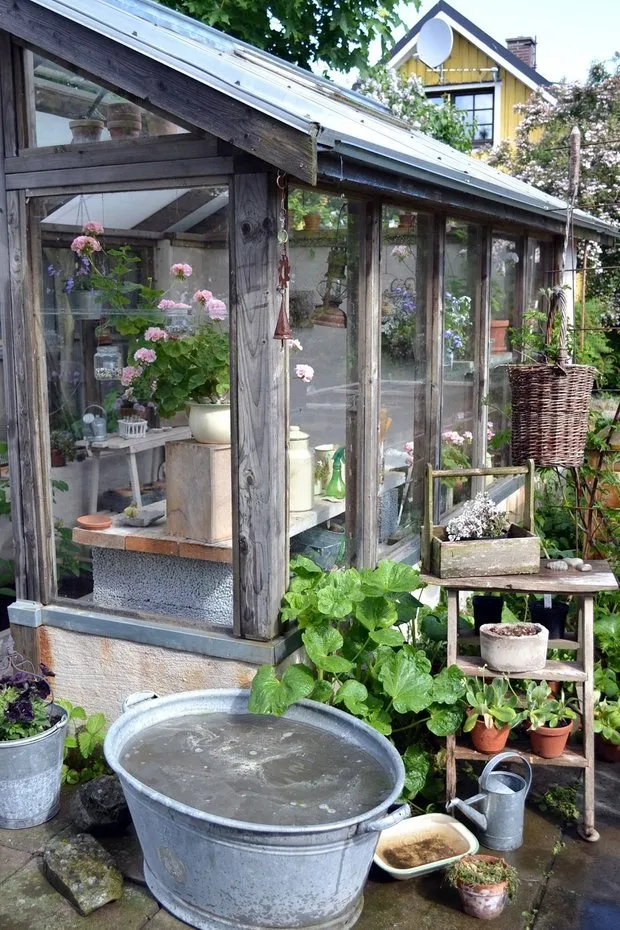 Determine the Slope of the Plot and Build Several High Beds
Determine the Slope of the Plot and Build Several High BedsLayout small ditches from top to bottom across the free area of the garden. Fill them with any organic matter from last year's compost, old rags, or dry branches. Add some stones and gravel.
Place the beds across the slope — this will retain moisture, meaning no passive watering is needed for the garden. Also, you’ll prevent soil erosion.
Feed the BedsAny organic waste is perfect for the base: autumn leaves and mown grass, rotting wooden planks. Then cover the organic matter — simply remove a 10 cm layer of soil from the adjacent plot and spread it evenly over the fertilizer. You'll end up with a high or hilly bed that is one foot to an extended arm’s height.
 Plant the Garden
Plant the Garden
The long side of the bed should run perpendicular to the flow of water. The wide side can be between 1 and 1.5 meters — you should feel comfortable walking around it and tending to it. The ideal warm bed should match your height so you can work with plants without bending down.
Plant all kinds of greens, bushy and root vegetables: beans, peas, lentils, corn, cabbage, and potatoes — they can grow together. Salad and carrots will fit easily in between them. On slopes, plant zucchini and pumpkins.
Some products will bear fruit earlier, others later. Such mixed plantings guarantee minimal care for each plant — they help each other.
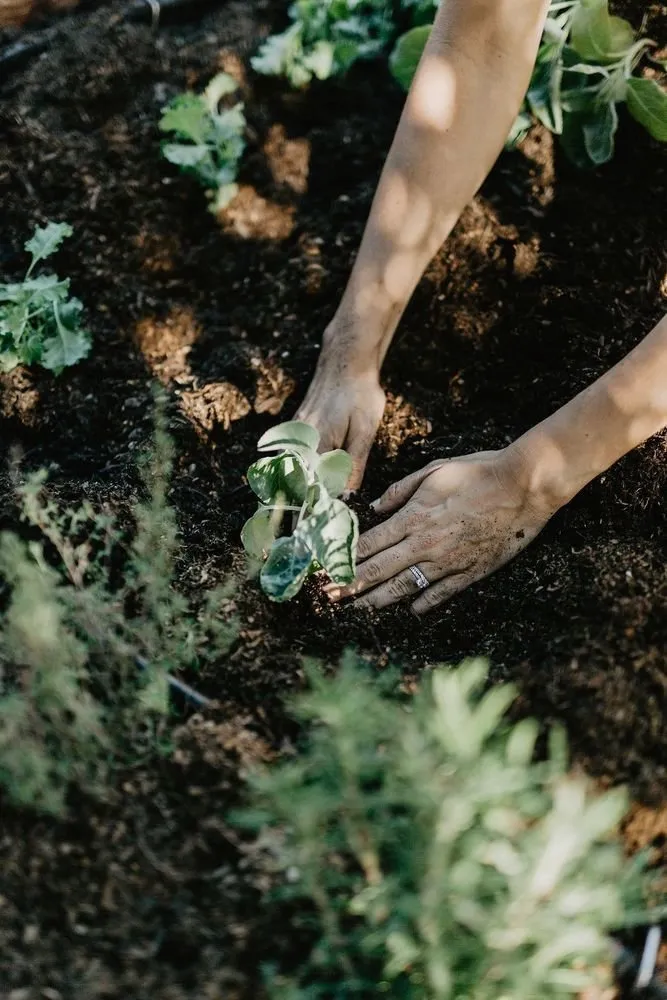 Harvest the Crop
Harvest the Crop
If done correctly, you won’t need to additionally tend to your garden, water or fertilize it. There will be no place for weeds if you take care of fertilization at the time of bed construction.
As organic matter decomposes, it will release heat that promotes plant growth. This same process of bacterial multiplication will cause insect multiplication, which aerates the soil so it doesn’t need to be tilled. Several such beds and you’ll have food reserves not only for the summer-autumn period, but also for winter.
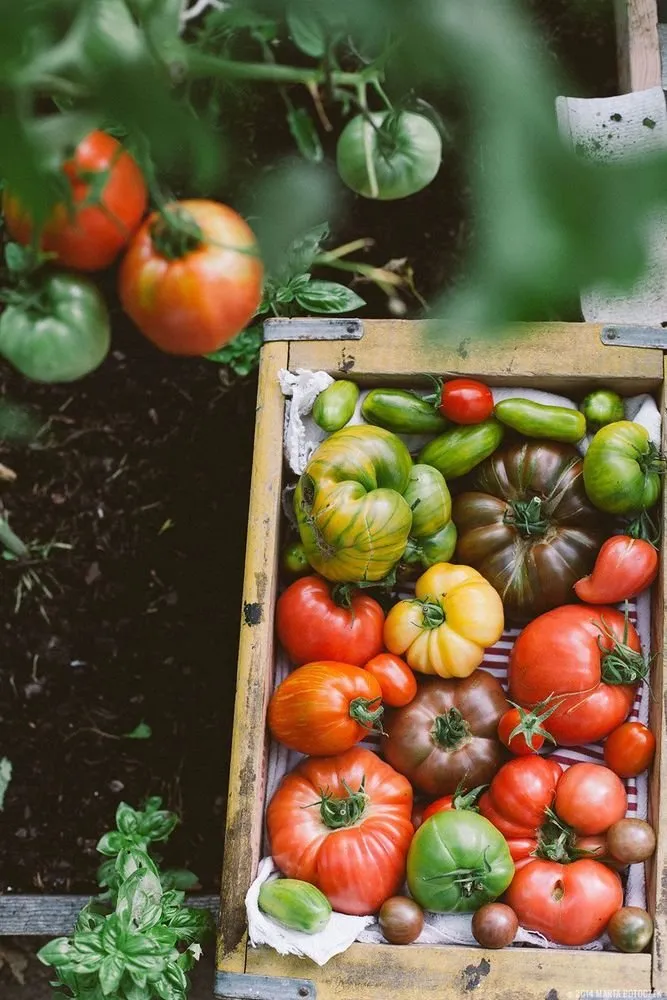 Why Does This Save Your Budget and Energy?
Why Does This Save Your Budget and Energy?- Minimal Intervention. You won’t have to till the soil, just treat the top layer with a cultivator or hoe.
- No Fertilizers Needed. They can be replaced with compost, soda solution, and ash, not active additives from stores.
- Fewer Beds. On high warm beds, you can grow several plant species with different root systems at once.
- Can Be Grown Even on Clay Soil. It will take a year or two of natural fertilization, after which you’ll be able to grow a garden.
- Increases Useful Area. More plants can ripen on high beds.
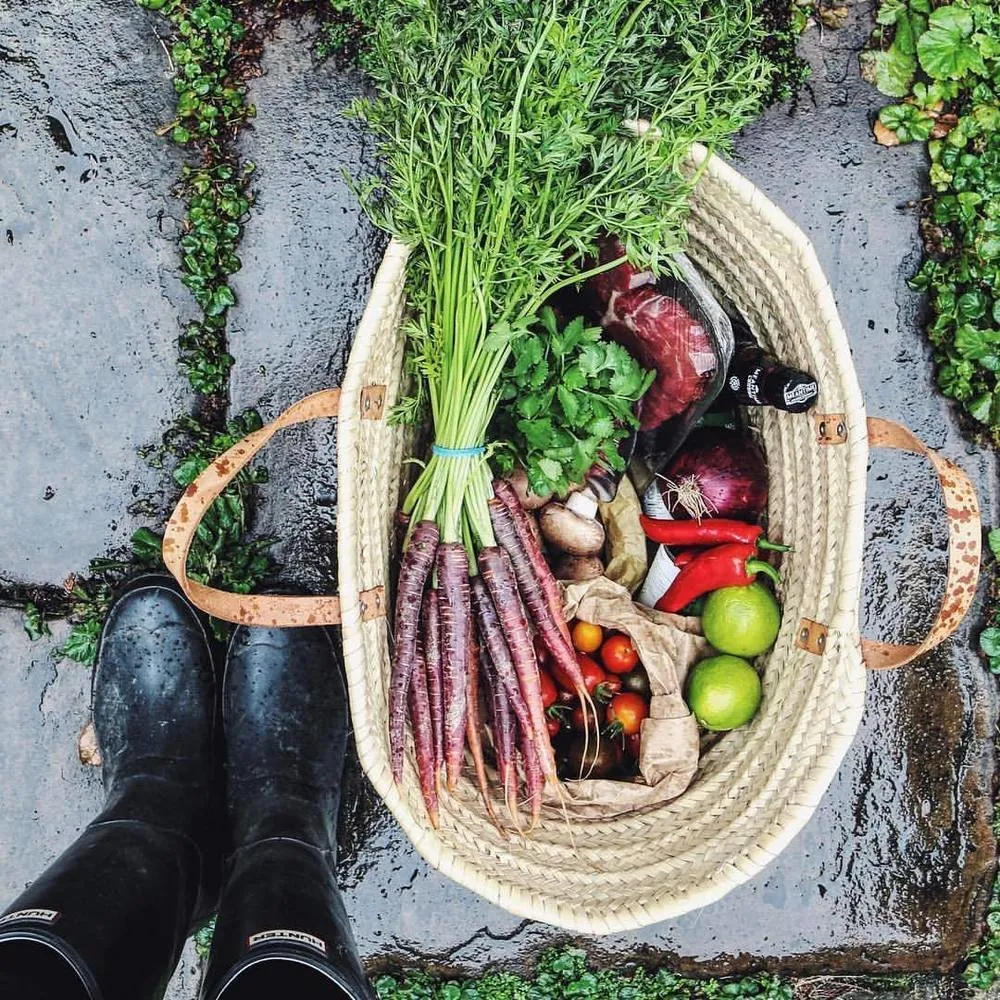 Summing Up: What Permaculture Offers Us?
Summing Up: What Permaculture Offers Us?
- Fertile soil and water balance.
- Bio-clean fruits.
- No need to fight weeds.
- Reduced time spent on the plot.
- Lower financial costs.
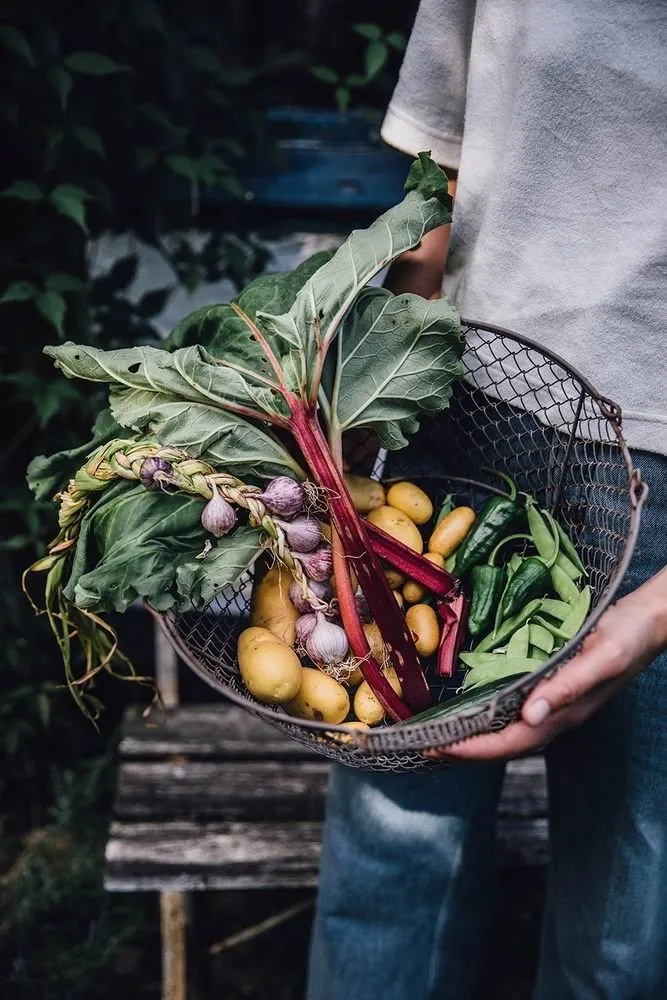
More articles:
 Where to Retreat at Home: Ideas for a Relaxation Zone by the Window Sill
Where to Retreat at Home: Ideas for a Relaxation Zone by the Window Sill What Everyone Actually Does During Quarantine: Part 2
What Everyone Actually Does During Quarantine: Part 2 Decorating a 2-Room Apartment in Panel Building: IKEA vs Designer
Decorating a 2-Room Apartment in Panel Building: IKEA vs Designer Before and After: Incredible Transformations of 'Killed' Kitchens
Before and After: Incredible Transformations of 'Killed' Kitchens Declutter a first aid kit, wash blankets and 7 other household tasks you've been putting off
Declutter a first aid kit, wash blankets and 7 other household tasks you've been putting off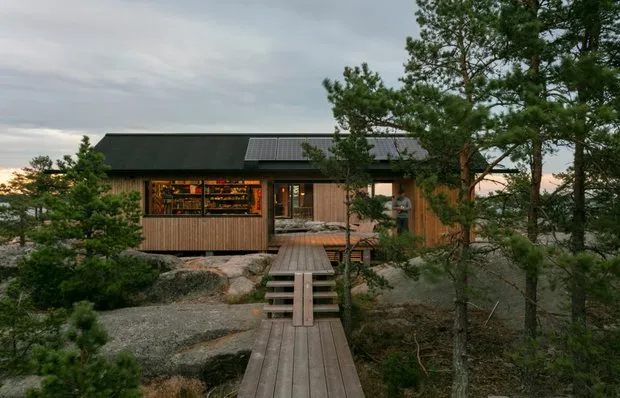 Cottage on an Island Where You Want to Spend This Spring
Cottage on an Island Where You Want to Spend This Spring 5 useful applications to help control expenses
5 useful applications to help control expenses It's Time Already: How to Wash Windows Fast and Without Streaks
It's Time Already: How to Wash Windows Fast and Without Streaks